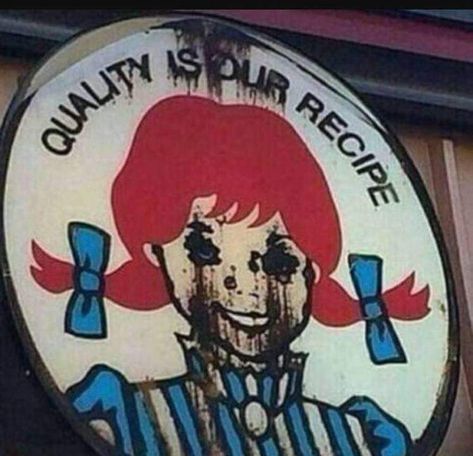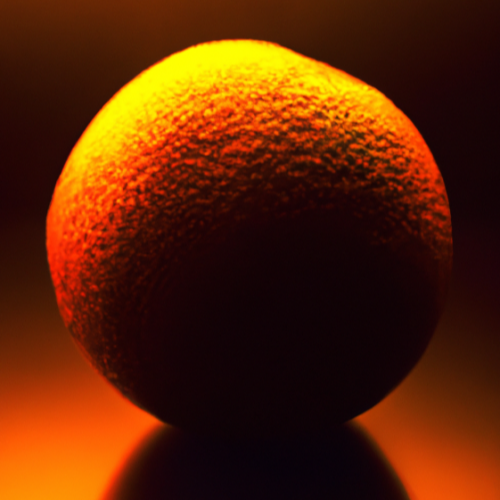Sales are growing so quickly that some installers wonder whether heat pumps could even wipe out the demand for new air conditioners in a few years and put a significant dent in the number of natural gas furnaces.
We had one professionally installed in our previous rural house. It was great most of the time, only really an issue when it hit -25C. However, we didn’t use it as our primary heat…that was propane.
I appreciate that the article notes that households on the prairies and other colder areas often retain their gas furnaces the coldest periods - particularly as the electricity costs to run the heat pump in those periods outweigh the cost of gas.
I took the lesson to be that it’s best not to wait until your gas furnace has to be replaced but rather to replace the air conditioner and save the remaining life of the furnace for the deep cold periods when it’s energy inefficient and more expensive to use the heat pump. It would be great to see some good analysis/modelling of this.
I support progress on heat pumps and really wanted one.
I live in Calgary and wanted AC, had to get a new heater and water heater. We priced out the heat pump, and because of our cold winters would still need a furnace on top of the heat pump. Total quote was $26,000 and we still had to figure out how to fit it all to code in our tiny mechanical room. Getting quotes was like pulling teeth, the HVAC industry seems to hate them here.
Instead we got a new gas furnace, AC, gas water heater, auto water shut off valve with sensors and even the whole house pipes replaced for $14,000 total. The heater is so efficient that it will pay for itself in 3 years compared to the 20 year old one that was in here.
I don’t have an analysis of electricity heat pump costs vs gas if we also had a heat pump. But even with the greener homes rebate it was not viable to get a heat pump yet. Maybe next time?
Yeah. Heat pumps are pretty shitty in Alberta. Even in Calgary with our chinooks, the cold snaps hurt them.
It would be unwise to not have a backup heat source if you’re installing a heat pump in Canada. Some may claim their balance point is well into the -20s, but relying on a system that cannot provide adequate heat in extreme cold events could get rather dangerous.
As for the offsetting NG furnaces, it’s unlikely someone would remove the furnace when the heat pump can easily be installed in the air handler, in line with the furnace, and a ‘dual-fuel’ thermostat used to control the switch point.
Here in Saskatchewan, NG is also significantly cheaper than electricity. So, with our high heating demands, those who have access to NG often choose that. I have a heat pump and electric furnace backup, but I’m in a net-zero house designed for significantly lower energy use, which is definitely an outlier to the typical terribly designed homes built to minimum code.
It would be unwise to not have a backup heat source if you’re installing a heat pump in Canada.
As always, in all things, solicit advice from a pro. Conditions will vary wildly between Vancouver, Regina, StJohns and Sarnia.
I have some friends who have had all kinds of trouble with their heat pump, but it might have been mostly due to how it was originally installed
I’ve been looking into them and two common issues I’ve heard are incorrect installation of the unit and not understanding that its not a full replacement for AC and a furnace.
How is it not full replacement for an AC? It is an AC.
Edit: fine. You’re all correct and I’m wrong.
@Luci @wildbus8979 this may have been true a decade ago but now the cold-climate versions can operate at 100% down to -20C. Ours was operational at -29C and running at about 80% output (even though according to the specs thermal shutoff is -28)
Then you’ve been lied to. My heat pump keeps the house cool when it’s 40C, and warm when it’s -40C.
A heatpump is an AC, definitionally. There is no major difference for a 9000 BTU heat pump and a 9000 BTU AC in terms of capability to cool. They both work through using gas to move heat from the inside to the outside of the building.
A heat pump can just run in reverse, and move heat form outside the building inside.
A mini-split is a version of a heat pump where it has its own head and its own radiator, that are split. this is opposed to central AC.






